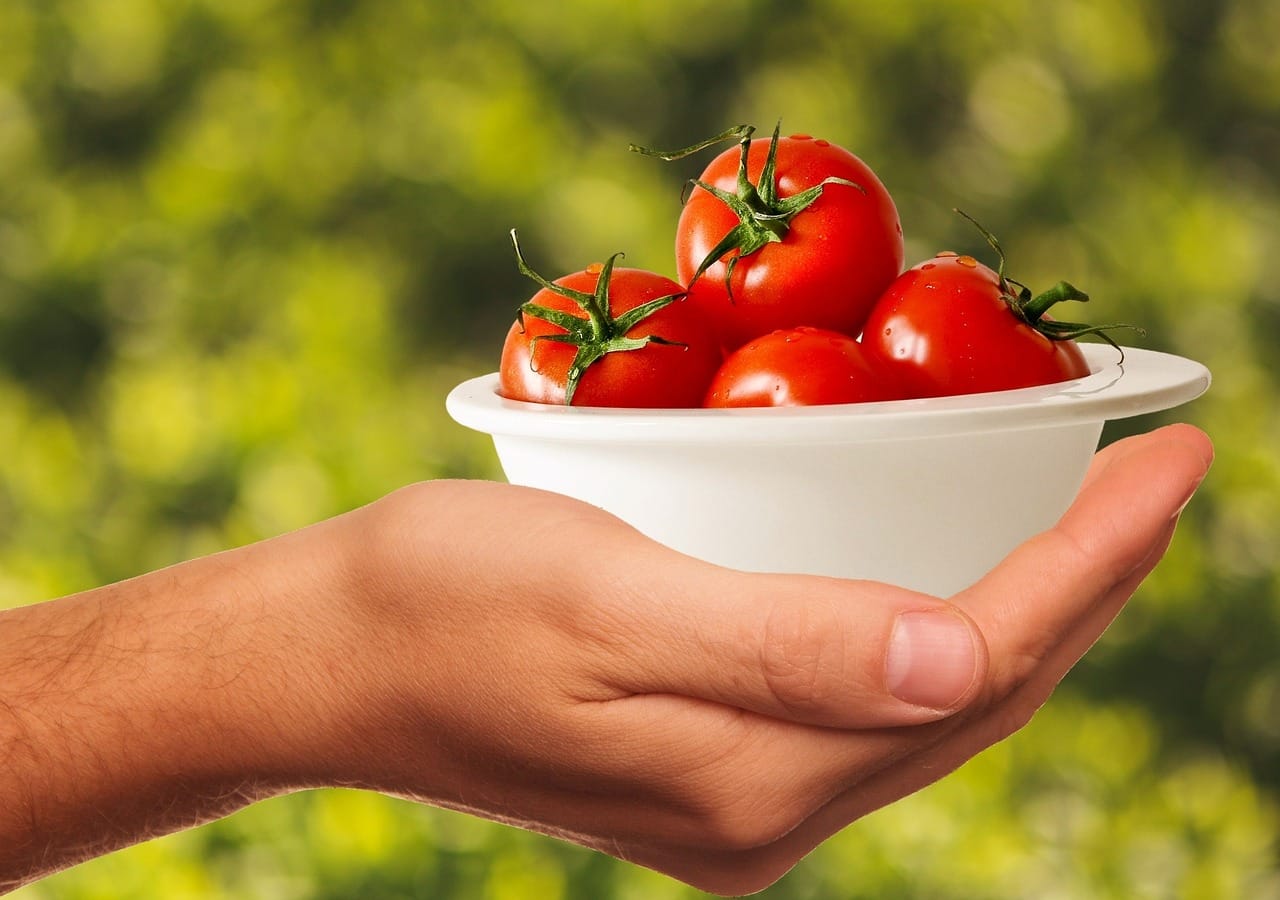Lemon bars. Just the name conjures up images of sunshine, picnics, and that perfect balance of tart and sweet. These delightful treats are a classic for a reason, offering a burst of citrusy flavor in a buttery, crumbly package. Whether you’re a seasoned baker or just starting out, mastering the art of the perfect lemon bar is a rewarding culinary adventure. This guide will take you through everything you need to know, from choosing the right lemons to achieving that signature tangy custard.
The Magic of Lemons: Choosing and Prepping
Why Lemons are Key
The quality of your lemon bars hinges on the quality of your lemons. They provide the essential tartness and aroma that makes these bars so irresistible.
- Flavor Profile: Lemons contribute a bright, acidic flavor that cuts through the richness of the butter and sugar.
- Aroma: The citrusy scent of fresh lemons elevates the entire baking experience.
- Versatility: Both the juice and zest are used, maximizing the lemony goodness.
Selecting the Best Lemons
Choosing the right lemons is crucial for achieving the best flavor.
- Look for: Lemons that are heavy for their size, indicating they are juicy. Avoid lemons with blemishes or soft spots.
- Variety Matters: Meyer lemons are sweeter and less acidic than Eureka lemons. If you prefer a more intense tartness, opt for Eureka. Otherwise, Meyer lemons provide a lovely, milder flavor. Experiment to find your preference!
- Organic vs. Non-Organic: Since you’ll be using the zest, consider organic lemons to avoid pesticides. However, conventional lemons will work just fine if thoroughly washed.
Zesting and Juicing Like a Pro
Properly zesting and juicing your lemons will maximize the flavor potential.
- Zesting Techniques: Use a microplane to zest the lemons, taking care to only zest the yellow part of the peel (avoiding the bitter white pith underneath). Zest before juicing for easier handling.
Example: For a recipe calling for 2 tablespoons of lemon zest, zest approximately 2-3 medium-sized lemons.
- Juicing Tips: Roll the lemons firmly on the countertop before juicing to release more juice. Use a citrus juicer for maximum extraction. Remove any seeds.
Example: One medium lemon typically yields about 3 tablespoons of juice.
The Perfect Crust: Achieving Buttery Bliss
Understanding the Crust’s Role
The crust provides a sturdy and flavorful foundation for the tangy lemon filling. A well-made crust should be buttery, slightly sweet, and perfectly crisp.
- Structural Support: The crust holds the filling, preventing it from becoming a soggy mess.
- Flavor Contrast: The buttery, slightly sweet crust complements the tart lemon filling, creating a balanced flavor profile.
- Textural Harmony: The crisp crust provides a delightful contrast to the smooth, creamy filling.
Key Ingredients for a Stellar Crust
The ingredients you choose will significantly impact the texture and flavor of your crust.
- All-Purpose Flour: Provides the structure of the crust. Weighing your flour (using grams instead of cups) ensures accuracy.
- Unsalted Butter: Contributes to the buttery flavor and flakiness. Use cold butter for best results.
- Powdered Sugar: Adds sweetness and creates a tender, melt-in-your-mouth texture.
- Salt: Enhances the flavors of the other ingredients.
Steps to a Flawless Crust
Follow these steps for a consistently perfect crust every time.
Tip: If using your fingertips, work quickly to prevent the butter from melting.
Why pre-bake? Pre-baking the crust prevents it from becoming soggy once the wet filling is added.
Crafting the Tangy Lemon Filling: A Balancing Act
The Science Behind the Filling
The lemon filling is a custard, which relies on eggs to set and thicken. Achieving the perfect balance of ingredients is crucial to avoid a runny or overly firm filling.
- Eggs: Provide structure and richness.
- Sugar: Adds sweetness and helps to create a smooth texture.
- Lemon Juice: Provides the signature tartness.
- Lemon Zest: Enhances the lemon flavor.
- Flour or Cornstarch: Helps to thicken the filling.
Mastering the Filling Recipe
Follow this recipe as a guideline, adjusting to your taste preferences.
- Ingredients:
4 large eggs
2 cups granulated sugar
1/2 cup lemon juice (from about 3-4 lemons)
2 tablespoons lemon zest (from about 2-3 lemons)
1/4 cup all-purpose flour
Pinch of salt
- Instructions:
1. In a large bowl, whisk together the eggs, sugar, lemon juice, lemon zest, flour, and salt until smooth.
2. Pour the filling over the pre-baked crust.
3. Bake at 350°F (175°C) for 25-30 minutes, or until the filling is set but still slightly jiggly in the center.
Important Note: Avoid overbaking, as this can result in a dry, cracked filling.
Troubleshooting Common Filling Issues
Even the most experienced bakers can encounter issues with their lemon bar filling. Here’s how to address some common problems:
- Runny Filling: If the filling is runny, it could be due to underbaking, insufficient thickening agents (flour or cornstarch), or too much liquid. Next time, bake for a longer period, increase the flour/cornstarch slightly, or reduce the amount of lemon juice.
- Dry, Cracked Filling: Overbaking is the most common cause of a dry, cracked filling. Reduce the baking time or oven temperature next time.
- Rubbery Texture: Overmixing the filling can develop the gluten in the flour, resulting in a rubbery texture. Mix gently until just combined.
Finishing Touches and Serving Suggestions
Cooling and Cutting
Proper cooling and cutting are essential for achieving neat, presentable lemon bars.
- Cooling is Key: Allow the lemon bars to cool completely in the pan before cutting. This allows the filling to set properly. Refrigerate for at least 2 hours for even easier cutting.
- Clean Cuts: Use a sharp knife to cut the bars into squares or rectangles. Wipe the knife clean between cuts for neat edges.
- Dust with Powdered Sugar: Generously dust the bars with powdered sugar just before serving for a classic presentation.
Serving Ideas and Variations
Lemon bars are delicious on their own, but here are some ideas to elevate your serving experience.
- Pair with: A scoop of vanilla ice cream, fresh berries, or a dollop of whipped cream.
- Lemon Bar Variations:
Lavender Lemon Bars: Add a teaspoon of dried lavender to the lemon filling for a floral twist.
Raspberry Lemon Bars: Swirl raspberry jam into the lemon filling before baking.
Coconut Lemon Bars: Add shredded coconut to the crust and filling for a tropical twist.
- Storage: Store lemon bars in an airtight container in the refrigerator for up to 5 days.
Conclusion
Mastering the art of lemon bars is a journey of experimentation and refinement. From selecting the perfect lemons to achieving the ideal crust and filling consistency, each step contributes to the final product. By following the tips and techniques outlined in this guide, you can create lemon bars that are sure to impress. So, grab your lemons, dust off your baking pan, and get ready to bake some sunshine!




